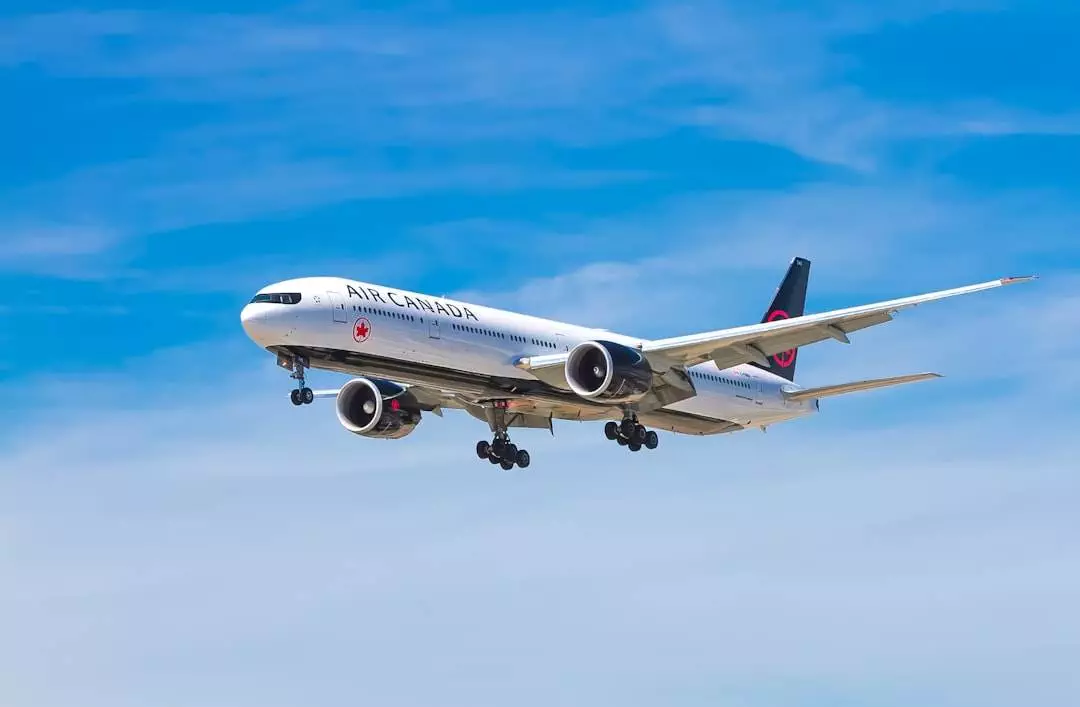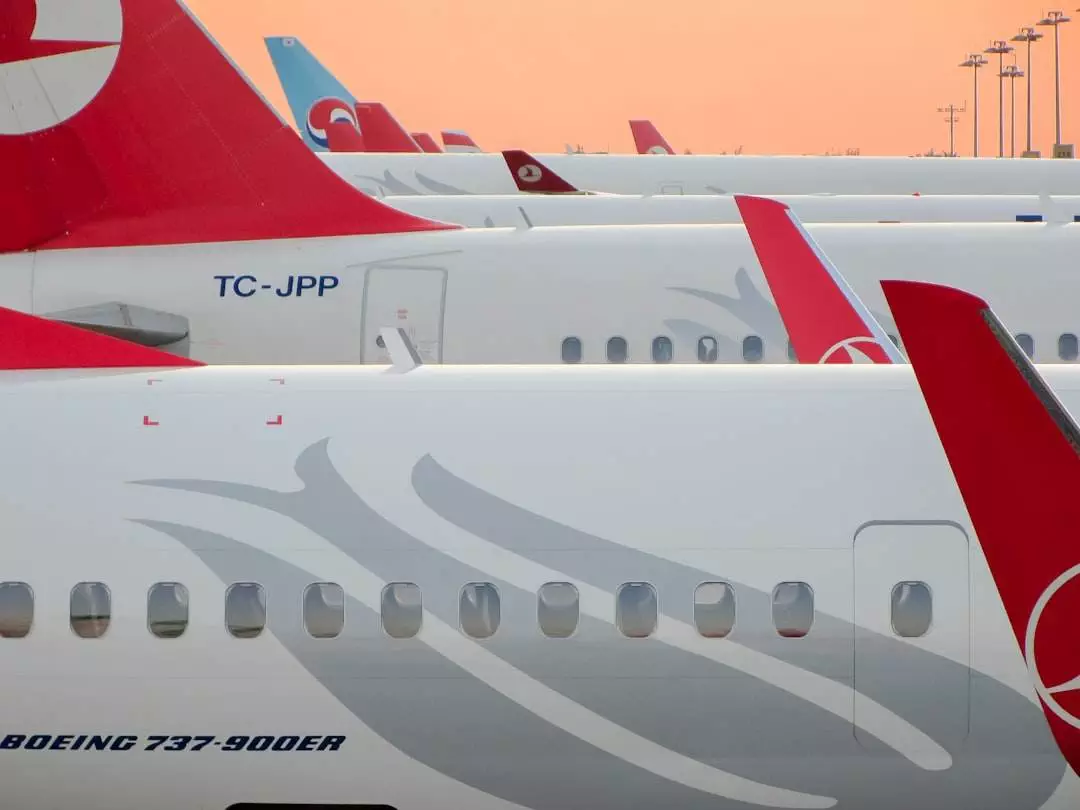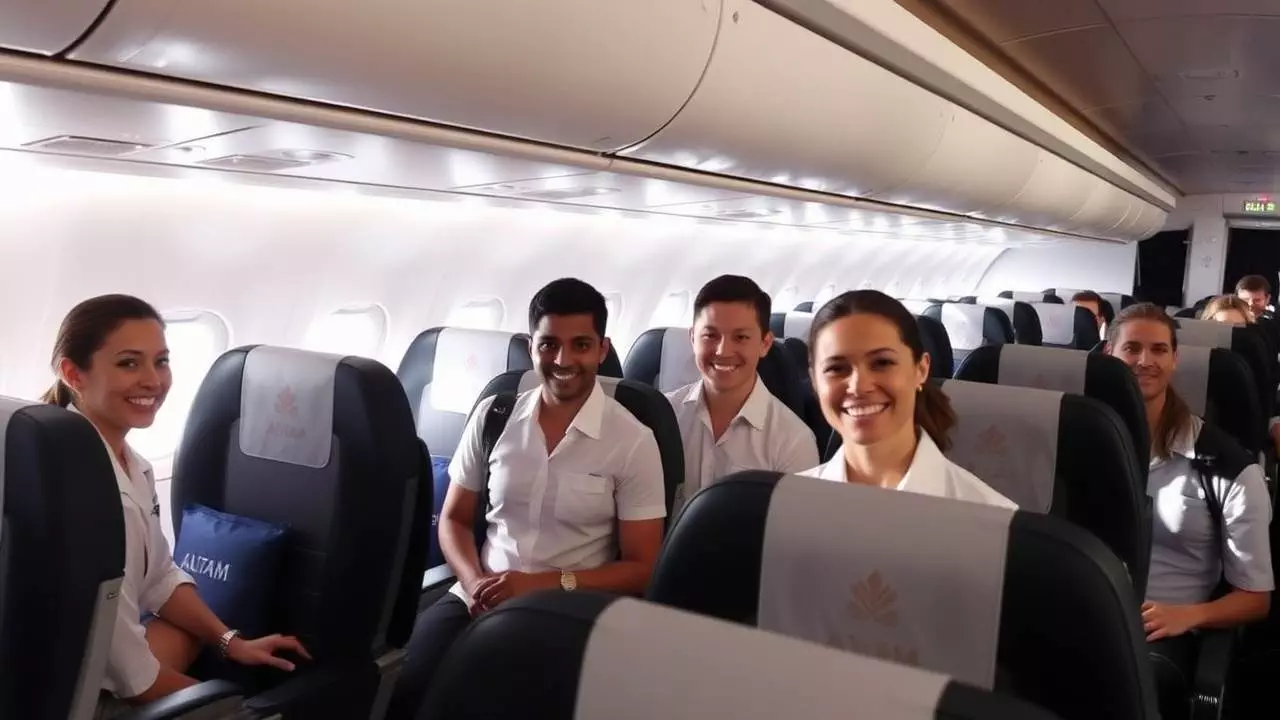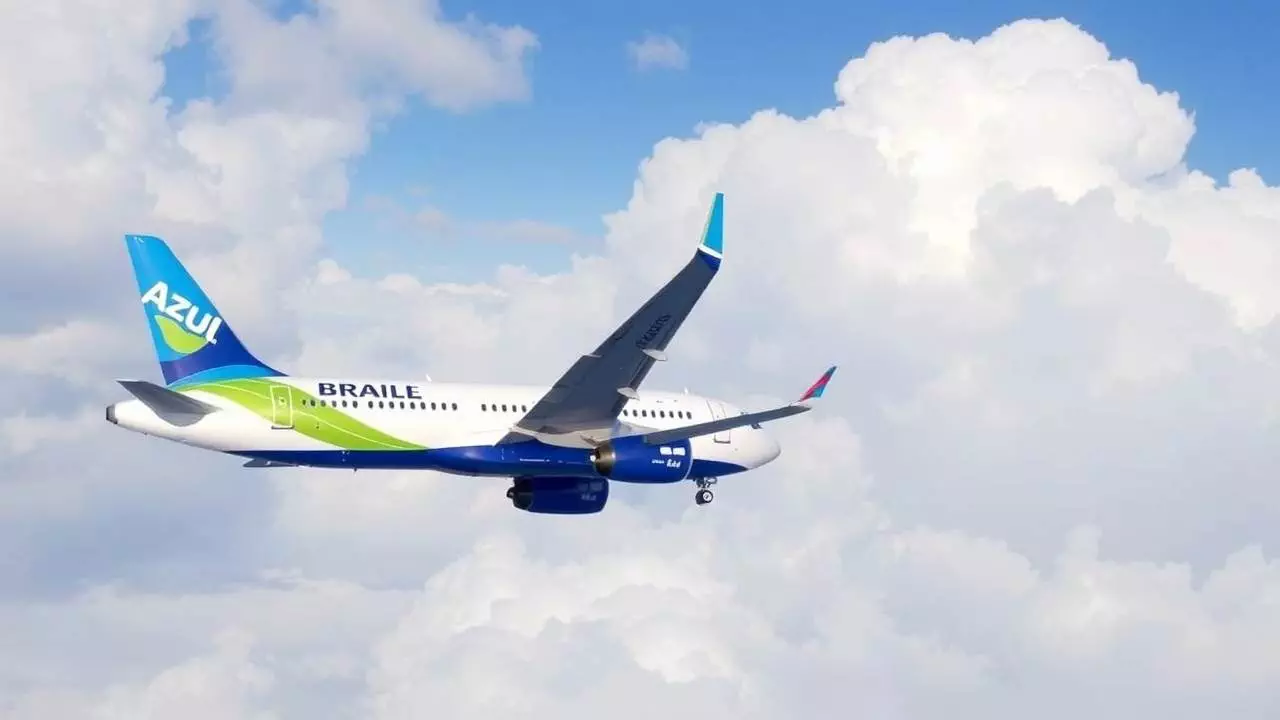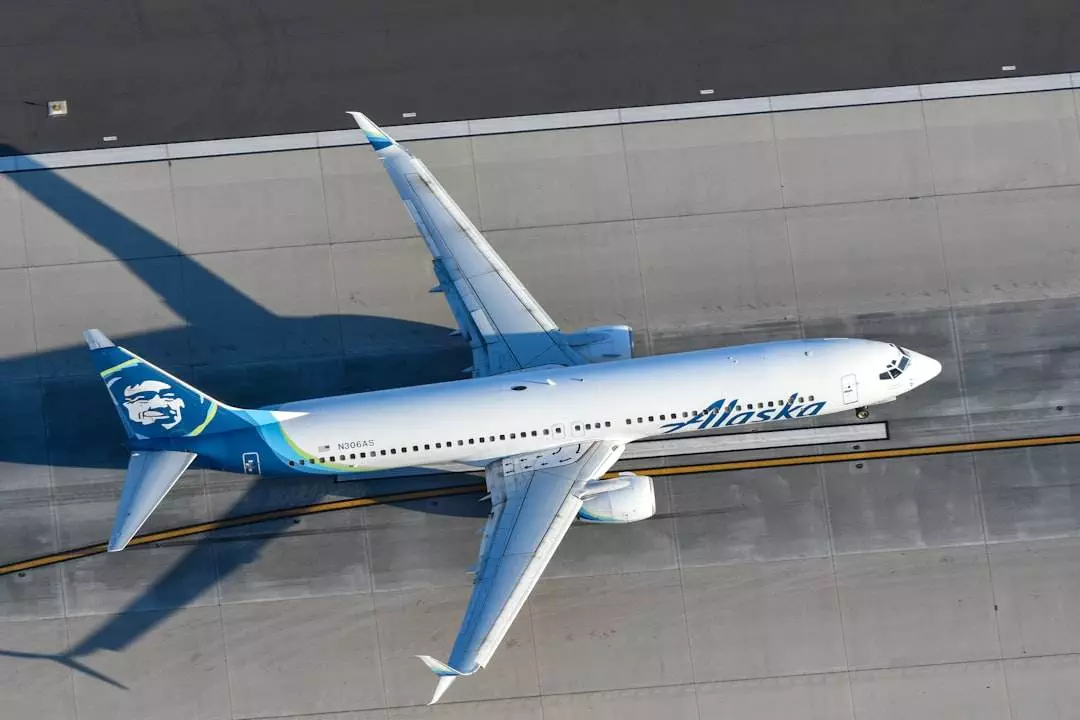The cabin crew of Air Canada plays a pivotal role in ensuring that passengers have a safe and enjoyable flying experience. These professionals are not merely attendants; they are the face of the airline, embodying its values and commitment to customer service. Their responsibilities extend far beyond serving meals and beverages; they are trained to manage a wide array of situations, from routine service tasks to emergency scenarios.
Each flight presents a unique set of challenges, and cabin crew members must be adaptable, resourceful, and attentive to the needs of passengers. In addition to their operational duties, Air Canada cabin crew members are ambassadors of the airline’s brand. They represent the company’s ethos and are often the first point of contact for passengers.
This role requires them to maintain a positive demeanor, even in stressful situations, and to foster an environment of comfort and safety. Their interactions with passengers can significantly influence the overall perception of the airline, making their role crucial in building customer loyalty and satisfaction.
Key Takeaways
- Air Canada cabin crew play a crucial role in ensuring the safety and comfort of passengers during flights.
- Safety procedures and training are a top priority for Air Canada cabin crew to handle emergency situations effectively.
- Customer service and providing a comfortable experience for passengers are key responsibilities of Air Canada cabin crew.
- Air Canada cabin crew are trained to respond to emergencies and manage crises effectively to ensure the safety of passengers.
- The health and well-being of passengers are important considerations for Air Canada cabin crew, especially during long flights.
Safety Procedures and Training
Comprehensive Training for Cabin Crew
Each crew member undergoes rigorous training that covers a wide range of safety procedures, including emergency evacuations, first aid, and the use of safety equipment. This training is not a one-time event; it is an ongoing process that includes regular drills and simulations to ensure that crew members remain proficient in their skills.
Realistic Scenario Training
For instance, they practice evacuating an aircraft under various scenarios, which helps them respond effectively in real emergencies. This extensive training enables them to react quickly and efficiently in high-pressure situations.
Commitment to International Standards
Air Canada’s commitment to safety extends to its adherence to international aviation regulations and standards. The airline collaborates with organizations such as Transport Canada and the International Air Transport Association (IATA) to ensure that its safety protocols are up-to-date and comprehensive. This ensures that cabin crew members are well-prepared to handle any situation that may arise during a flight, thereby safeguarding the well-being of all passengers on board.
Customer Service and Comfort
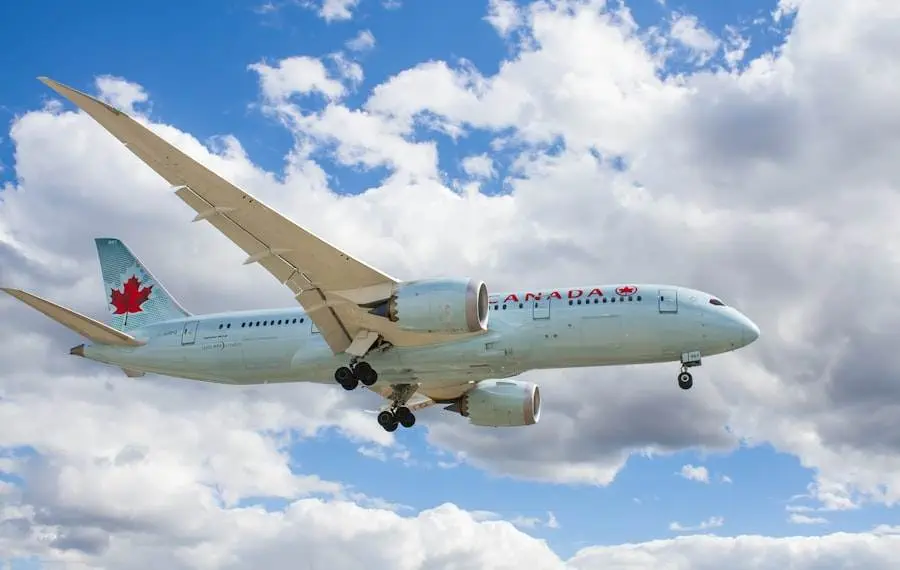
Customer service is a defining aspect of the cabin crew’s role at Air Canada. The airline prides itself on providing a high level of service that enhances the travel experience for its passengers. Cabin crew members are trained to anticipate the needs of travelers, offering personalized assistance that can make a significant difference in their journey.
Air Canada From greeting passengers as they board to addressing individual requests during the flight, these professionals strive to create a welcoming atmosphere that reflects the airline’s commitment to excellence. Comfort is another critical component of the cabin crew’s responsibilities. They are tasked with ensuring that passengers are comfortable throughout their flight, which includes managing cabin temperature, lighting, and seating arrangements.
In addition to these physical aspects, cabin crew members also play a vital role in addressing emotional needs. They provide reassurance during turbulence or delays and engage with passengers to create a friendly environment. This attention to detail not only enhances passenger satisfaction but also fosters a sense of community among travelers.
Emergency Response and Crisis Management
| Metrics | 2019 | 2020 | 2021 |
|---|---|---|---|
| Emergency Response Time (minutes) | 10 | 8 | 7 |
| Number of Crisis Management Drills | 5 | 7 | 10 |
| Emergency Preparedness Training Hours | 100 | 120 | 150 |
In the aviation industry, preparedness for emergencies is non-negotiable. Air Canada’s cabin crew is extensively trained in emergency response protocols to ensure that they can act swiftly and effectively in crisis situations.
Crew members participate in regular drills that simulate various emergency scenarios, allowing them to practice their responses in a controlled environment. Crisis management extends beyond physical emergencies; it also encompasses handling passenger distress during unforeseen events such as severe weather or technical issues. Cabin crew members are trained to remain calm under pressure, providing clear communication and reassurance to passengers.
For example, during an unexpected diversion due to weather conditions, cabin crew must inform passengers about the situation while managing their concerns and ensuring their comfort until the situation is resolved. This ability to maintain composure and provide support is essential in fostering trust between the airline and its passengers.
Health and Well-being of Passengers
The health and well-being of passengers is a top priority for Air Canada’s cabin crew. In recent years, this focus has intensified due to global health concerns such as the COVID-19 pandemic. Cabin crew members are trained in health protocols that include sanitation practices, proper use of personal protective equipment (PPE), and recognizing signs of illness among passengers.
They play a crucial role in implementing measures designed to minimize health risks during flights, such as ensuring that high-touch surfaces are regularly disinfected. Additionally, cabin crew members are equipped to assist passengers with specific health needs. This includes providing support for individuals with disabilities or medical conditions that may require special attention during travel.
For instance, they may help passengers with mobility challenges navigate the aircraft or provide assistance with medication management during the flight. By prioritizing health and well-being, Air Canada’s cabin crew contributes significantly to creating a safe travel environment for all passengers.
Communication and Teamwork
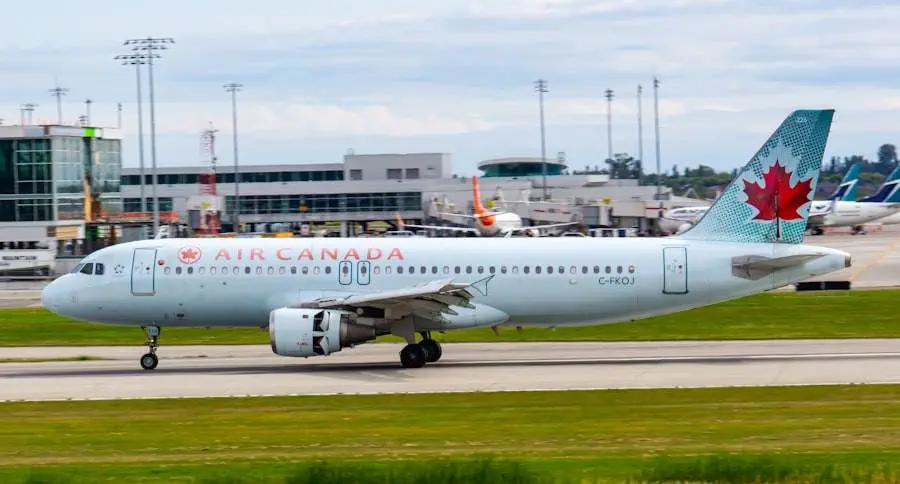
Effective communication is essential for the smooth operation of any flight, and Air Canada’s cabin crew exemplifies this principle through their teamwork and collaboration. Each flight involves multiple crew members who must work together seamlessly to ensure that all aspects of service are executed efficiently. This requires clear communication not only among cabin crew but also with pilots and ground staff.
Regular briefings before flights help establish roles and responsibilities, ensuring that everyone is on the same page regarding service expectations and safety protocols. Moreover, communication extends beyond operational matters; it also involves engaging with passengers in a manner that fosters trust and rapport. Cabin crew members are trained to listen actively to passenger concerns and feedback, which can enhance service delivery and improve overall satisfaction.
For example, if a passenger expresses discomfort or dissatisfaction with their seating arrangement, a cabin crew member must communicate effectively with their colleagues to find a suitable solution promptly. This collaborative approach not only addresses individual passenger needs but also contributes to a positive atmosphere on board.
Cultural Sensitivity and Diversity
Air Canada operates on a global scale, serving a diverse clientele from various cultural backgrounds. As such, cultural sensitivity is an integral part of the training for cabin crew members. They learn about different customs, traditions, and dietary restrictions that may affect passenger interactions during flights.
This knowledge enables them to provide personalized service that respects cultural differences while ensuring that all passengers feel valued and included.
Cabin crew members are trained to offer appropriate meal options based on these considerations while being mindful of language barriers that may exist among travelers from different regions.
By fostering an inclusive environment through cultural sensitivity, Air Canada’s cabin crew not only enhances customer satisfaction but also reflects the airline’s commitment to diversity.
Future Challenges and Innovations
As the aviation industry continues to evolve, Air Canada’s cabin crew faces new challenges that require adaptability and innovation. One significant challenge is the increasing demand for sustainable travel options as environmental concerns become more prominent among consumers. Cabin crew members may need to adapt their service practices to align with sustainability initiatives implemented by the airline, such as reducing single-use plastics or promoting eco-friendly products.
Technological advancements also present both challenges and opportunities for cabin crew operations. The integration of digital tools for passenger service can streamline processes but may require additional training for staff to ensure effective implementation. For example, mobile applications that allow passengers to order food or request assistance could change how cabin crew interact with travelers during flights.
Embracing these innovations while maintaining high standards of service will be crucial for Air Canada’s cabin crew as they navigate the future landscape of air travel. In conclusion, Air Canada’s cabin crew plays an indispensable role in ensuring safety, comfort, and satisfaction for passengers while navigating an ever-changing aviation environment. Their extensive training in safety procedures, customer service excellence, emergency response capabilities, health protocols, effective communication, cultural sensitivity, and adaptability positions them as key players in delivering exceptional travel experiences.
As challenges arise in the industry, their commitment to innovation will be essential in shaping the future of air travel.
If you’re interested in learning more about the experiences of Air Canada Cabin Crew members, you may want to check out this article on the Ontario Will Registry website: Air Canada Cabin Crew Share Their Stories. This article provides insights into the daily lives and challenges faced by cabin crew members, offering a unique perspective on the aviation industry.
FAQs
What are the requirements to become an Air Canada cabin crew member?
To become an Air Canada cabin crew member, candidates must be at least 18 years old, have a high school diploma or equivalent, be fluent in English and French, and have the legal right to work in Canada. They must also meet the physical requirements and pass a medical examination.
What is the training process for Air Canada cabin crew members?
Air Canada cabin crew members undergo extensive training that includes safety procedures, emergency protocols, customer service skills, and aircraft-specific training. The training program is designed to ensure that cabin crew members are prepared to handle any situation that may arise during a flight.
What are the responsibilities of an Air Canada cabin crew member?
The responsibilities of an Air Canada cabin crew member include ensuring the safety and security of passengers, providing excellent customer service, serving meals and beverages, and maintaining a clean and organized cabin environment. They are also trained to handle emergency situations and provide first aid if needed.
What is the work schedule like for Air Canada cabin crew members?
The work schedule for Air Canada cabin crew members can vary, as they may be required to work on weekends, holidays, and overnight flights. They typically work in shifts and may have irregular hours, depending on the flight schedule.
What are the career advancement opportunities for Air Canada cabin crew members?
Air Canada cabin crew members have the opportunity to advance to positions such as purser or lead flight attendant, and may also pursue roles in training, recruitment, or management within the airline. Additionally, they may have the opportunity to transfer to other departments within the company.
